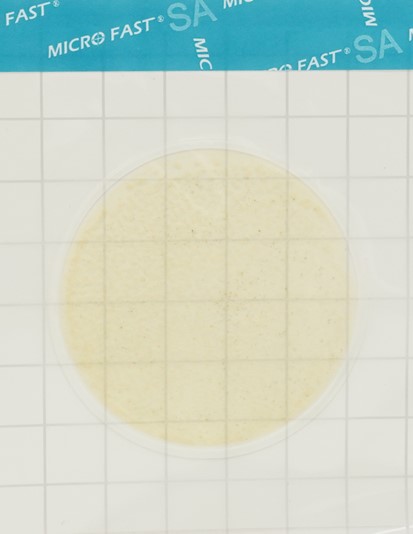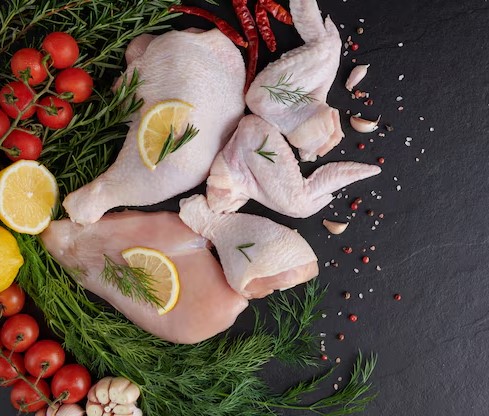Kaliningrad experts: why food prices have risen and what to expect next

Food prices continue to rise in the Kaliningrad region. So, over the past year, SUGAR has risen in price by 51.5%, buckwheat - by 35%, beets - by 59.4%, eggs - by 18%. In February, price growth in the region was the highest in RUSSIA. Why is there an increase, how effective is the moratorium introduced by the government, and what will happen to prices, experts said on the radio "Komsomolskaya Pravda - Kaliningrad".
In February, prices begin to fall for goods that are difficult to grow in the winter - tomatoes, cucumbers and greens that are grown in greenhouses. Prices will decline until the beginning of July, and then they will go up again, said Stepan Sobolev, HEAD of the Ogorod-39 peasant farm.
“The price of beets has risen sharply, the price of potatoes has risen abnormally. But this was due to the crop failure last year. Tuberous cultures, the weather affects them equally. All in all, nothing bad has happened so far. The global increase in other commodities has not yet reflected in the price of vegetables, I think that this reflection will happen this year, closer to summer. Most likely, the goods will rise in price. Almost everything has gone up in price. The price of seeds increased from 50 to 100%, fertilizers - from 30 to 50%,” the entrepreneur explains.
In his opinion, in the end, vegetables in supermarkets will rise in price by about 30%. Sobolev called closed borders and, as a result, the lack of cheap and skilled labor as one of the reasons for the increase in prices.
According to Aleksey Elaev, Deputy General DIRECTOR of Spar Kaliningrad, chicken eggs in the region rose in price gradually, in three steps, but when the price overcame the psychological barrier of 100 rubles, this was noticed.
“First, tariffs, the currency component, feed, and so on [increased]. Suppliers understand that it is very difficult to break through the price increase immediately, at once. It is unlikely that any of the networks will accept such an increase, and therefore they do it very carefully, but only when they cannot help raising it,” Elaev explains.
He noted that sugar fell in price two years ago. And if you compare the prices of November 2020 with November 2018, then there will not be much difference.
“Vegetable oil, like any food product, is an exchange-traded, export-oriented product. We should not forget about the decline in sunflower and sugar beet yields. If the yield increases in 2021, then the price will decrease,” the expert stressed. He noted that the situation is similar with buckwheat and other products.
Over the past year, the currency, electricity, components have risen in price.
“Now this is naturally introduced into the price of the manufacturer. We can't even blame them for that. Otherwise, you have to choose: either Kaliningrad manufacturers with jobs will die, or we will talk long and hard about prices, ”explains a Spar representative.
According to him, consumer demand in the region remains unchanged, mainly due to the fact that there are many state employees in the region, whose salaries are indexed following the rise in prices.
The government moratorium on raising prices for sugar and sunflower oil has worked, Elaev believes. “Given the regional coefficient, at least we have goods, in other regions the situation is worse. Because government regulation of prices leads to empty shelves and nothing else. Sugar and butter are, of course, popular goods, but not the most bought ones. We must not forget that the containment of prices is the containment of retail prices, no one reduced wholesale prices. Bakery products, the same mayonnaise, canned food - it will inevitably grow. Because for wholesalers, these measures are like a dead poultice,” says the expert.
Named the fastest growing products
As RBC Kaliningrad wrote, from February to March in the Kaliningrad region, green tea went up the most by 10.39% - up to 1,188 rubles per kilogram. The top five in terms of price growth for the month included poultry culinary products (+9.79% - 327.50 rubles / kg), chilled and frozen chickens - + 8.18% (up to 169.34 rubles). Next on the list are beets (+7.98%) and carrots (+6.65%).





























































